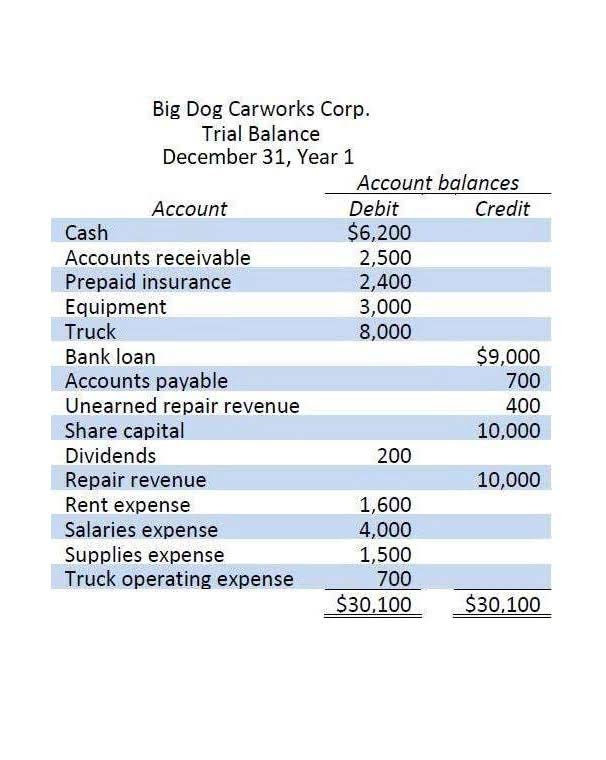What Is Absorption Costing?

Where absorption costing becomes more complex is the level below this formula — i.e., when calculating each of the four components in the formula’s numerator. Consider the apparel company making scarves and dresses from the same fabric and in the same factory. Absorption costing means that ending inventory absorption manufacturing cost formula on the balance sheet is higher, while expenses on the income statement are lower. It reveals inefficient or efficient production resource utilization by displaying under- or over-absorption of manufacturing overheads. Absorption costing provides a more true image of profitability for a company.
Why Use the Absorption Costing Method?
The purpose of absorption costing is to determine the cost of producing a single unit, given all manufacturing costs involved. It is considered the best way to determine the “true” cost of producing an item, allowing the manufacturer to price its products to ensure that all manufacturing costs will be covered. Variable costing is not allowed for external reporting under GAAP because of the importance of GAAP’s matching principle. Under variable costing, https://www.bookstime.com/ fixed manufacturing overhead expenses are booked in the period during which they occur, not carried forward as a component of product inventory to be matched to the revenue from future product sales. That means that’s the only method needed if it’s what a company prefers to use. If a company prefers the variable costing method for management decision-making purposes, it may also be required to use the absorption costing method for reporting purposes.
- This results in fixed costs impacting COGS rather than flowing straight to the income statement.
- The larger the number of diverse products a company makes, the harder it is to determine each product’s share of common costs like labor, electricity and assembly-line machines.
- Absorption Costing therefore includes much more than the necessary variable (production) costs such as labour and raw material.
- Therefore, variable costing is used instead to help management make product decisions.
- It is also referred to as full costing because it covers all the direct cost related to manufacturing be its raw material cost, labor cost, and any fixed or variable overheads.
- So basically absorption costing is a costing tool which is used in valuing inventory.
- To calculate the absorption cost, add up the direct labor costs, material cost, and overhead costs, and then divide the sum by the number of units produced.
Inventory Valuation
Looking at the above mentioned example, Absorption Costing could be required to determine the overhead costs of the enterprise. The more items one plant can produce, the lower the costs will be of these items, especially the overhead costs. If the factory starts producing other items or products, it is possible to spread and reduce the overhead costs even further. Such multi-layered calculations underscore the intricate nature of absorption costing, revealing that even a seemingly simple formula can necessitate an in-depth understanding of production details and cost factors. In other words, under absorption costing, each unit of goods has a total production cost of just over $4. Many accountants claim that administrative, fixed manufacturing, and marketing and distribution overheads are period costs.
Activity Based Costing (ABC)
Absorption costing provides a more accurate, GAAP-compliant method of accounting for all production costs. By including fixed overhead costs in product costs, it presents a fuller, incremental view of profitability. Absorption costing leads to more accurate product costs than variable costing, which only includes direct costs.
This means the company would allocate $10 of overhead to each unit produced. Therefore, it is necessary to analyse and evaluate the pros and cons of the process and then decide whether it is suitable for the business. The company management should use it with diligence and responsibility so as not to create any negative effect in the decision making process. Vincent van Vliet is co-founder and responsible for the content and release management. Together with the team Vincent sets the strategy and manages the content planning, go-to-market, customer experience and corporate development aspects of the company.

Practical Illustrations: Absorption Costing Examples and Solutions
- The variable costing technique considers fixed overheads as period costs rather than spreading them out to the produced units.
- The key difference in calculating the income statement under absorption costing versus variable costing is in how fixed manufacturing costs are handled.
- Absorption costing provides a more true image of profitability for a company.
- These costs are directly traceable to a specific product and include direct materials, direct labor, and variable overhead.
- The overhead absorption rate is an important concept in management accounting.
- In addition, the use of absorption costing generates a situation in which simply manufacturing more items that go unsold by the end of the period will increase net income.
We will use the UNITS SOLDon the income statement (and not units produced) to determinesales, cost of goods sold and any other variable period costs. Next, we can use the product cost per unit to create the absorption income statement. We will use the UNITS SOLD on the income statement (and not units produced) to determine sales, cost of goods sold and any other variable period costs. All fixed manufacturing overhead expenses are recorded as expenditures on the income statement when they are incurred since variable costing recognizes them as period costs. In cost and management accounting, variable costing refers to the accounting method that considers only the variable costs as product costs and excludes fixed manufacturing overhead from the product cost.
What is Absorption Costing?
This not only helps the management in evaluation of the financial condition of the business but also estimate the cost and plan production accordingly. While absorption costing is mandatory for external reporting under GAAP and for tax reporting by the IRS, leveraging other costing methods can be beneficial for specific internal business insights. Choose a solution like NetSuite that accommodates both, giving you the best of both worlds. Contrastingly, period costs are expenses that are unrelated to the direct manufacturing of the product. Examples include marketing expenditures, depreciation of non-manufacturing assets, and administrative expenses. These costs are designated as period costs and are reported on the income statement for the period in which they are incurred.

